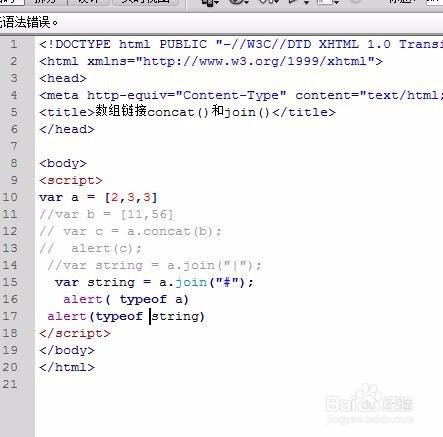What is Concatenation?
Concatenation is the process of combining two or more strings, arrays, or other data structures to create a new string or array. In programming, concatenation is a fundamental operation that allows you to manipulate and work with data in various ways.
Uses of Concatenation in Programming:
1. String Manipulation: Concatenation is commonly used for manipulating strings. You can combine multiple strings to form sentences or paragraphs, insert variables into strings, or split strings into smaller parts.
2. Building URLs: When working with web development, concatenation is often used to build URLs by combining base URLs with query parameters or path segments.
3. Generating Dynamic Content: Concatenation is essential for generating dynamic content in websites or applications. You can create customized messages, data structures, or code snippets by combining different elements.
4. Joining Arrays: In addition to strings, concatenation can be used to join arrays together. This is particularly useful when merging data from multiple sources or when constructing complex data structures.
5. Creating Database Queries: When working with databases, concatenation is often used to generate SQL queries by combining table names, column names, and conditions.
Concatenation Operators:
In most programming languages, concatenation is performed using specific operators:
1. String Concatenation: In languages like JavaScript, PHP, Python, and Java, the plus sign ( ) is commonly used for concatenating strings.
Example (JavaScript):
```javascript
let firstName = "John";
let lastName = "Doe";
let fullName = firstName " " lastName;
console.log(fullName); // Output: John Doe
```
2. Array Concatenation: Some languages provide builtin functions or methods for concatenating arrays, such as the concat() function in JavaScript.
Example (JavaScript):
```javascript

let arr1 = [1, 2, 3];
let arr2 = [4, 5, 6];
let newArr = arr1.concat(arr2);
console.log(newArr); // Output: [1, 2, 3, 4, 5, 6]
```
Best Practices for Concatenation:
1. Use Proper Data Types: Ensure that the data types you are concatenating are compatible to avoid unexpected results or errors.
2. Avoid Nested Concatenations: Limit the nesting of concatenation operations to maintain code readability and prevent complex expressions.
3. Consider Performance: In performancecritical code, be mindful of the efficiency of concatenation operations, especially when dealing with large datasets.
Conclusion:
Concatenation plays a crucial role in programming by enabling the creation of dynamic content, manipulation of data, and construction of complex structures. Understanding how to effectively concatenate strings, arrays, or other data types is essential for developing efficient and functional code in various programming languages.
文章已关闭评论!
2024-11-26 16:38:51
2024-11-26 16:37:43
2024-11-26 16:36:30
2024-11-26 16:35:06
2024-11-26 16:33:34
2024-11-26 16:32:12
2024-11-26 16:30:54
2024-11-26 16:29:37